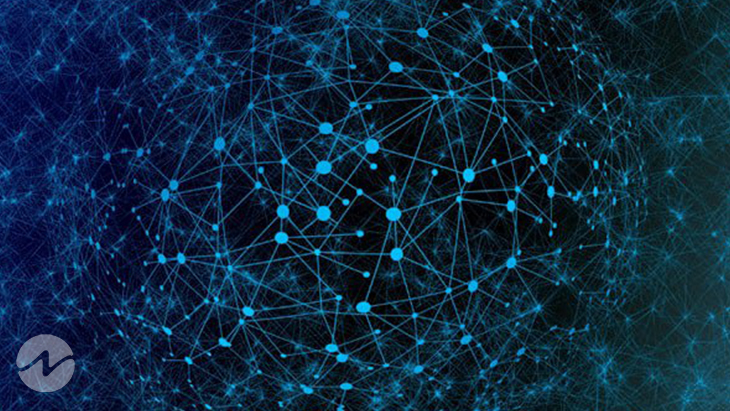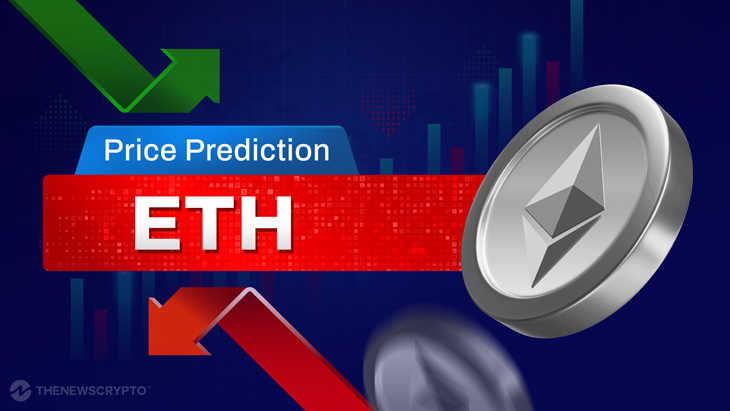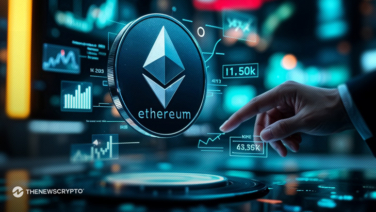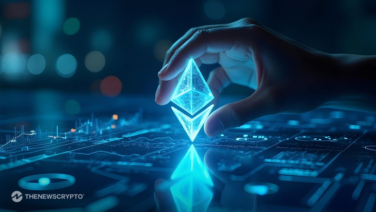Ethereum is the most popular blockchain-powered network for building decentralized applications. In essence, Ethereum’s creators have taken the breakthrough technology of Bitcoin to the next level.
However practical, Ethereum is a far cry from being perfect, and that’s why projects such as Polygon came to life. Namely, Ethereum has been experiencing issues with scalability, transaction speed, and transaction fees — all because of its underlying consensus mechanism, dubbed Proof-of-Work.
What Is Polygon and What Is Its Purpose?
Polygon is an Ethereum-based project, and its token MATIC is an ERC-20 token, meaning it’s built following Ethereum’s standards for cryptocurrencies. Polygon’s creators identified the Ethereum network’s problems and decided to offer help.
Therefore, Polygon’s primary purpose is to help Ethereum with scalability, flexibility, and sovereignty while not compromising some of the major benefits of the Ethereum network, such as security and interoperability.
This is made possible thanks to the unique consensus algorithm used by Polygon called Proof-of-Stake (PoS). PoS makes it possible to achieve consensus on every block by having MATIC owners stake (lock) part of their funds and gain the right to validate transactions. Successful validators are rewarded in MATIC, meaning PoS also allows them to make a profit.
All in all, Polygon is considered a secondary scaling solution, speeding up and improving Ethereum’s scalability and transactions.
This is especially important for platforms that require quick transactions, such as dynamic games where there’s a lot of crypto and NFT trading. One such example is Chibi Clash, a popular Web3 gaming universe described as an auto battler that involves collecting and trading in-game NFTs. It also aims to come up with a unique play-to-earn experience.
Will Polygon’s Idea Last for Long?
The developers at Ethereum, led by Vitalik Buterin, realized that the network’s current consensus mechanism doesn’t work that well now that ETH has reached so many users. Therefore, Buterin announced that the network would introduce Ethereum 2.0, and parts of it are currently being developed and integrated into the existing network. One significant change is that Ethereum will shift from Proof of Work to Proof of Stake — the consensus mechanism used by Polygon.
Therefore, many Ethereum and Polygon users couldn’t help but notice that by introducing the same technology as Polygon, Ethereum could effectively make Polygon redundant. This created a line of skeptics who are now unsure whether to invest in Polygon.
Even though it’s difficult to predict what will happen in the long run, it’s safe to say that Polygon actually won’t be affected by Ethereum 2.0.
Polygon already works closely with Ethereum, and the two platforms have already launched very successful products. Moreover, metrics show that even after ETH2 is launched, it still won’t be able to achieve the speed of Polygon transactions, and the fees will remain higher compared to MATIC fees.
Final Thoughts: Polygon Is the Best Thing for Ethereum at the Moment
Polygon has always been one step ahead of Ethereum and is still actively developing new scaling solutions that could further help both networks upgrade their transactions. Ethereum may introduce all of these new solutions later, but Polygon will likely work on something even more innovative by that time. Therefore, it’s safe to say that Polygon won’t become obsolete in the coming years.








